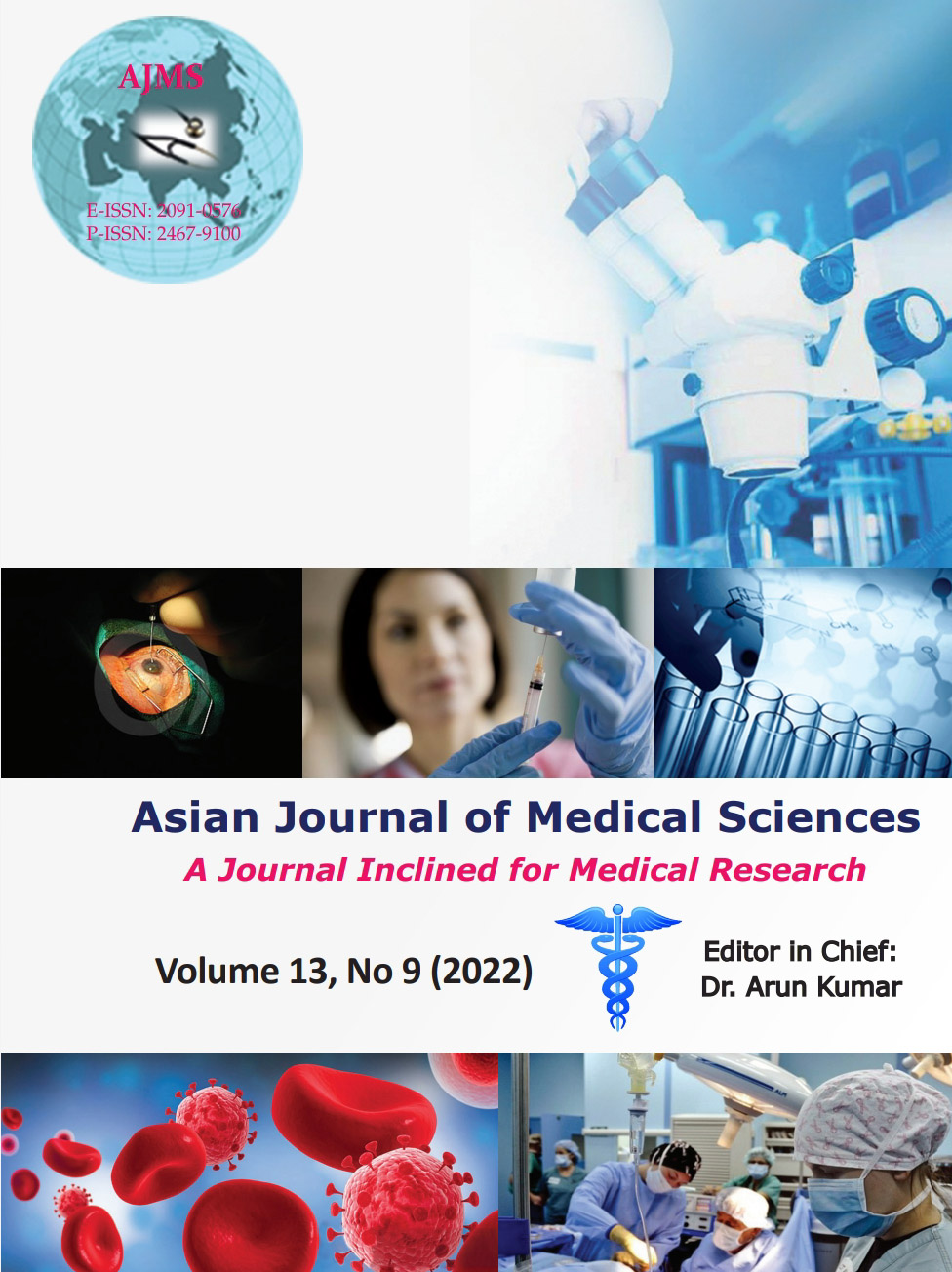Cerebral Palsy in Children - an indicator of maternal care in pregnancy - How far are we from attaining continuum of care
Keywords:
Cerebral palsy; Complication; Labor; National programme; RehabilitationAbstract
Background: Cerebral palsy (CP) is an umbrella term covering a group of disorders arising from a non-progressive injury to the brain during its development. It results from injury to developing brains. These injuries can be both intrauterine or peripartum. Better antenatal and peripartum care will help in decreasing the number of children with CP.
Aims and Objectives: The objective of the study was to evaluate antenatal as well as post-natal risk factors of CP in children in Uttar Pradesh.
Materials and Methods: Observational cross-sectional study was conducted on children aged 2–14 years with CP visiting Pediatric Neurology clinic of Dr. Ram Manohar Lohia Institute of Medical Sciences.
Results: 104 children were enrolled in the study. Mean age of children enrolled for the study was 2.8 years. About 66% were vaginally delivered. About 83% (n=86) were term deliveries. Intrapartum complication was seen in 33% (n=34) of mothers. Most common peripartum complication was prolonged labor (100%, n=34) followed by meconium stained liquor (85%, n=29). Cord around neck was seen in 24% (n=8) of cases. About 25% of were low birth weight. About 49.4% (n=42) were attended by Angan Wadi workers. Most common motor type of CP was spastic quadriplegia (57.6%, n=60), followed by spastic diplegia (23%, n=24), spastic hemiplegia (10.57%, n=11), and hypotonic CP (7.6%, n=8).
Conclusion: Majority of study were delivered vaginally and at term yet 82% had perinatal asphyxia and nearly 50% were received by Anganwadi workers. Better antenatal and perinatal care are the road to prevention of CP.
Downloads
Downloads
Published
How to Cite
Issue
Section
License
Copyright (c) 2022 Asian Journal of Medical Sciences

This work is licensed under a Creative Commons Attribution-NonCommercial 4.0 International License.
Authors who publish with this journal agree to the following terms:
- The journal holds copyright and publishes the work under a Creative Commons CC-BY-NC license that permits use, distribution and reprduction in any medium, provided the original work is properly cited and is not used for commercial purposes. The journal should be recognised as the original publisher of this work.
- Authors are able to enter into separate, additional contractual arrangements for the non-exclusive distribution of the journal's published version of the work (e.g., post it to an institutional repository or publish it in a book), with an acknowledgement of its initial publication in this journal.
- Authors are permitted and encouraged to post their work online (e.g., in institutional repositories or on their website) prior to and during the submission process, as it can lead to productive exchanges, as well as earlier and greater citation of published work (See The Effect of Open Access).




